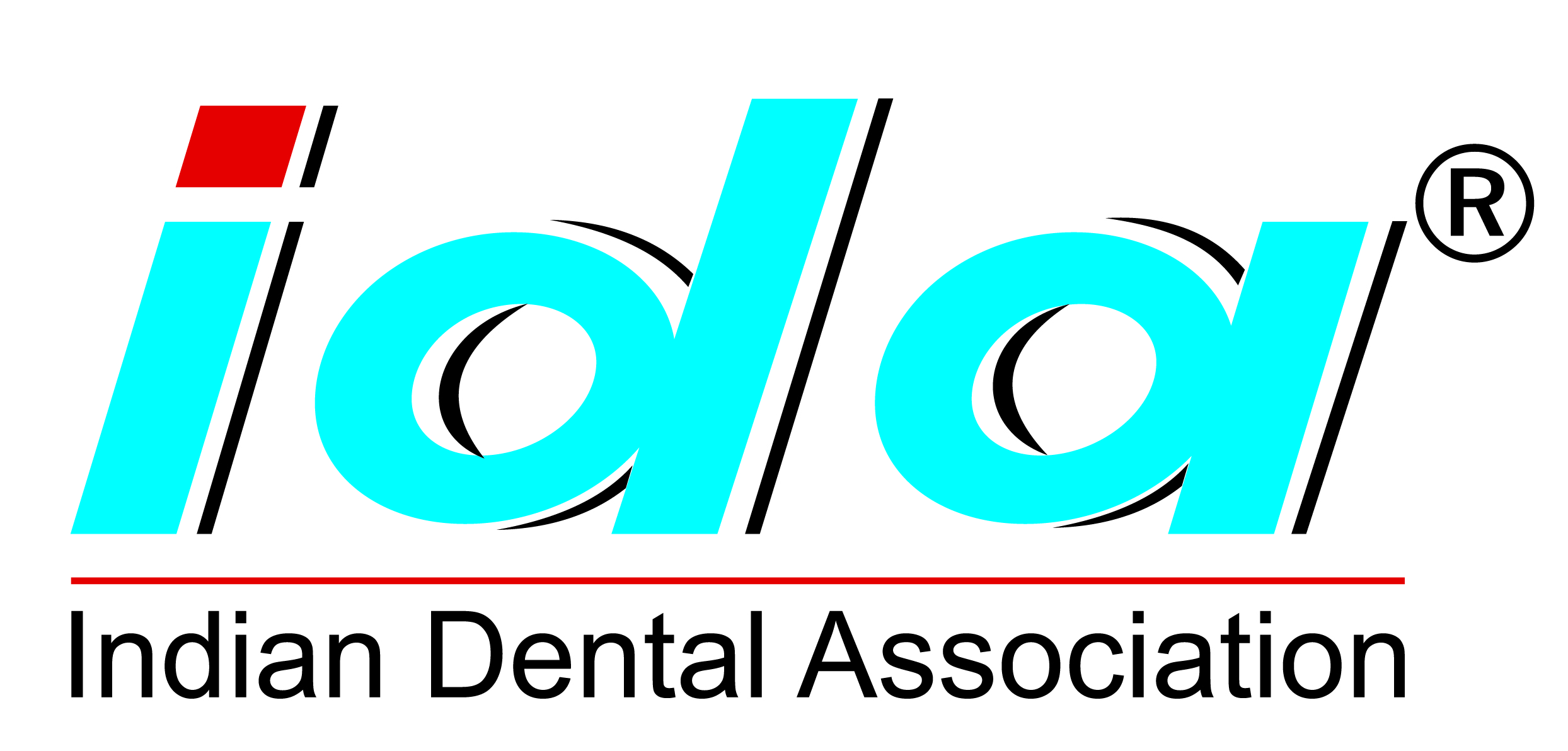There are three main types of HIV test.
Antibody tests are known as ELISA (Enzyme-Linked Immunosorbent Assay) tests. This
test shows whether a person has been infected with HIV, the virus that causes AIDS.
Antigens trigger the production of antibodies in the body. The antigen on HIV that
provokes an antibody response is the protein P24. Early in the infection, P24 is
produced in excess and can be detected in the blood serum by a commercial test (although
as HIV becomes fully established in the body it will fade to undetectable levels).
P24 antigen tests are sometimes used to screen donated blood, but they can also
be used for testing HIV in individuals, as they can detect HIV earlier than standard
antibody tests. Some of the most modern HIV tests combine P24 and other antigen
tests with standard antibody identification methods to enable earlier and more accurate
HIV detection.
PCR tests (Polymerase Chain Reaction test) detects the genetic material of HIV and
can identify HIV in the blood within two or three weeks of infection. The whole
process deals with extracting of genetic material and testing it with a PCR test
referred to as Nucleic Acid-amplification Testing or 'NAT'.
- DNA PCR
- RNA PCR
Babies born to HIV positive mothers are usually tested using a DNA PCR because they
retain their mother's antibodies for several months, making an antibody test inaccurate.
Blood supplies in most developed countries are screened for HIV using an RNA PCR
test, which can produce positive results several days before a DNA test. When a
person already knows that she or he is infected with HIV, they may also have a viral
load test to detect HIV genetic material and estimate the level of virus in the
blood. This can be performed using either an RNA or DNA PCR test. PCR tests are
not often used to test for HIV in adults, as they are very expensive and more complicated
to administer than a standard antibody or P24 test. However they may be offered
in special circumstances, or by private clinics where patients are willing to pay.
The standard HIV test looks for antibodies in a person's blood. When HIV (which
is a virus) enters a person's body, special proteins are produced. These are called
antibodies. Antibodies are the body's response to an infection. So if a person has
antibodies to HIV in their blood, it means they have been infected with HIV. There
are only two exceptions to this rule. Firstly, babies born to positive mothers retain
their mother's antibodies for up to 18 months, which means they may test positive
on an HIV antibody test, even if they are actually HIV negative. This is why babies
born to positive mothers may receive a PCR test after birth. Secondly, some people
who have taken part in HIV vaccine trials may have HIV antibodies even if they are
not infected with the virus.
Most people develop detectable HIV antibodies within 6 to 12 weeks of infection.
In very rare cases, it can take up to 6 months. It is exceedingly unlikely that
someone would take longer than 6 months to develop antibodies.
Getting tested earlier than 3 months may result in an unclear test result, as an
infected person may not have yet developed antibodies to HIV. The time between infection
and the development of antibodies is called the window period. During the window
period people infected with HIV will not yet have antibodies in their blood that
can be detected by an HIV test.
Standard HIV antibody (ELISA) tests are at least 99.5% accurate when it comes to
detecting the presence of HIV antibodies. This high level of sensitivity however
means that their specificity (ability to distinguish HIV antibodies from other antibodies)
is slightly lowered. Once an individual is out of the window period, it is more
likely that they will receive a false positive result than a false negative. Any
HIV positive result given by an ELISA test must therefore be confirmed using a second
test. Secondary tests include:
- Western Blot Assays – One of the oldest but most accurate confirmatory antibody
tests. It is complex to administer and may produce indeterminate results if a person
has a transitory infection with another virus.
- Indirect Immunofluorescence Assay – Like the Western blot, but uses a microscope
to detect HIV antibodies.
- Line Immunoassay - Commonly used in Europe. Reduces chance of sample contamination
and is as accurate as the Western Blot.
- A second ELISA – In resource-poor settings with relatively high prevalence, a second
ELISA test may be used to confirm a diagnosis. The second test will usually be a
different commercial brand and will use a different method of detection to the first.
When two tests are combined, the chance of getting an inaccurate result is less
than 0.1%.





